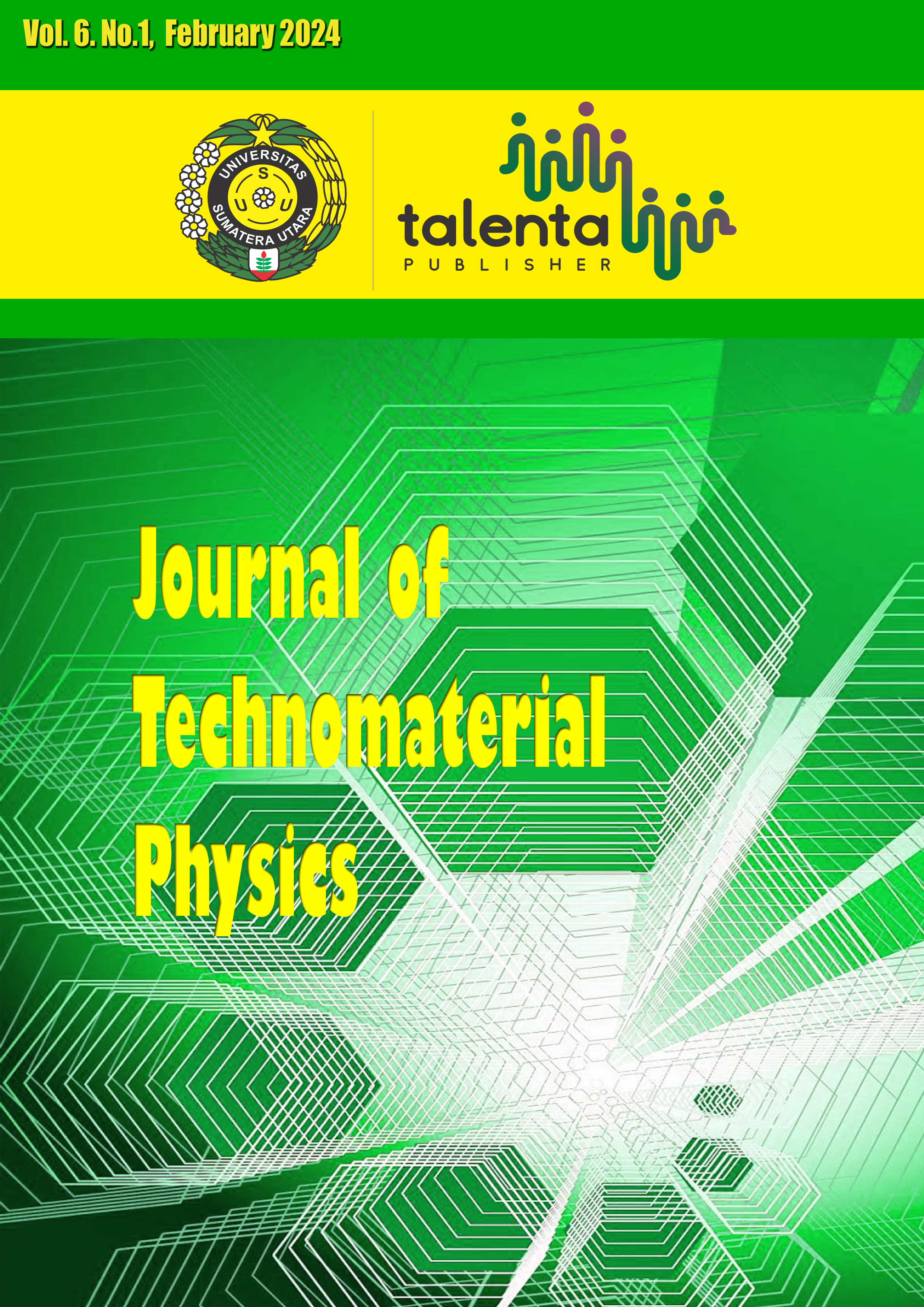Analysis and Characterization of Fe3O4/Silica Composite from Rice Husk Ash
DOI:
https://doi.org/10.32734/jotp.v6i1.15975Keywords:
Adsorber,, Fe3O4/Silica,, Rice Husk,Abstract
In this investigation, Fe3O4/Silica composites were synthesized from rice husk ash utilizing the coprecipitation technique, aiming to elucidate the influence of varied
heating temperatures on the surface morphology and elemental composition of the composites. Comprehensive characterizations were conducted employing Fourier
Transform Infrared (FTIR) Spectroscopy, X-ray Diffraction (XRD), and Scanning Electron Microscopy (SEM). These analyses unveiled a heterogeneous distribution
of Fe3O4 nanoparticles and affirmed the amorphous characteristic of the silica constituent, with the XRD results prominently displaying a broad peak at approximately 2θ = 38°, signifying the amorphous nature. Despite the alterations in heating temperatures, SEM observations indicated a negligible effect on the nanoparticles' surface morphology, whereas notable variations were discerned in
their elemental composition. The outcomes of this study provide insightful contributions to the understanding of the structural properties of Fe3O4/Silica composites, suggesting avenues for refining synthesis methodologies for enhanced environmental and technological utilization.
Downloads
Downloads
Published
Issue
Section
License
Copyright (c) 2024 Journal of Technomaterial Physics

This work is licensed under a Creative Commons Attribution-ShareAlike 4.0 International License.











